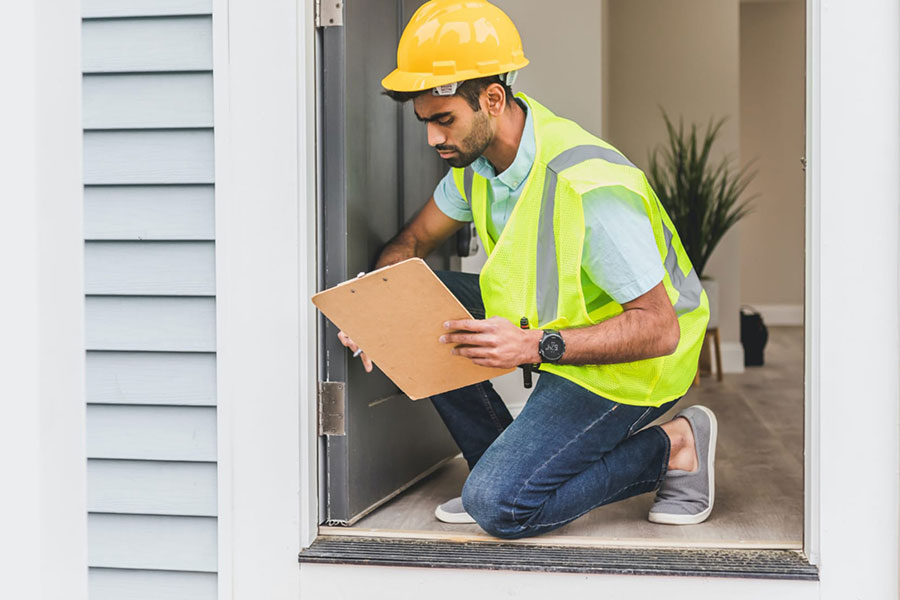Inspections – What to expect when you inspect?
Once a seller and buyer go under contract in NJ, the buyer typically has 10-14 to conduct any and all inspections on a home. Here are some common inspections that are done:
Whole House Inspection – This is the main inspection conducted on a house by a licensed and insured inspector. The Inspector will begin the inspection outside looking at the foundation, grade, decks and patios, chimney and flashing, gutters, drainage, siding and roof (sometimes using a drone). Once inside, the inspector will run the dishwasher and check the kitchen appliances, test outlets and plumbing, inspect windows and doors and look for any evidence of mold, water penetration, asbestos, pests, or cracks. The inspection can last 2-3 hours or more for homes over 4000 sf and cost anywhere from $400-$5000.
Underground Storage Tank Sweep – If there are no records on file confirming the absence of an oil tank, the buyer may want to do a tank sweep.
Sewer Inspection – If there are a lot of trees in the front yard, the inspector might suggest a sewer scope where they will take a camera look at the sewer line from the house to the main sewer line in the street. If there is an obstruction, such as tree roots, a plumber can flush it out.
Septic Inspection – Should the house have a septic system, a septic inspection will be required. It is also important that the size of the septic systems aligns with the number of bedrooms in the house. It is the buyers responsibility to do the inspection but if it fails, the seller is responsible for repairs because a Certificate of Occupancy cannot be issued.
Mold Inspection – If mold is suspected, the buyer can bring in a mold testing company to take air samples. Visible mold can be removed with a special cleaning solution.
Chimney Inspection – A Level 2 Chimney inspection consists of sending a camera up the chimney to assess the brick and mortar and lining.
Lead Paint Testing – This is extremely rare in our area because even though there are many homes that were built before 1978 (when lead paint was banned), most of the homes have layers and layers of lead-free paint covering any lead paint. Lead paint is only dangerous when it is chipped and ingested.
Radon Test – This is always done when there is a basement or sub-grade level. The inspector will leave 2 small radon canisters on a shelf and will return in 3-5 days to pick it up and send it to the lab. Acceptable radon levels is a reading below 4.0 picoCuries per liter of air (pCi/L). It is important to note that radon can exist under one house but not the neighbors house and also levels can change over time. If there is radon reading above 4.0, a mitigation system can be installed for around $2500.
What doesn’t get inspected? Sprinkler systems, washers and dryers, sound systems, alarm systems, outdoor grills and central vacuums.
Thoroughly inspecting the house is always a smart idea but it is also important to remember that no house is completely free of defects, quirks or faults. With an experienced real estate agent and a reputable inspector, you will be equipped to understand what are the really important issues to address and which are the “I can live with it for now” repairs.

